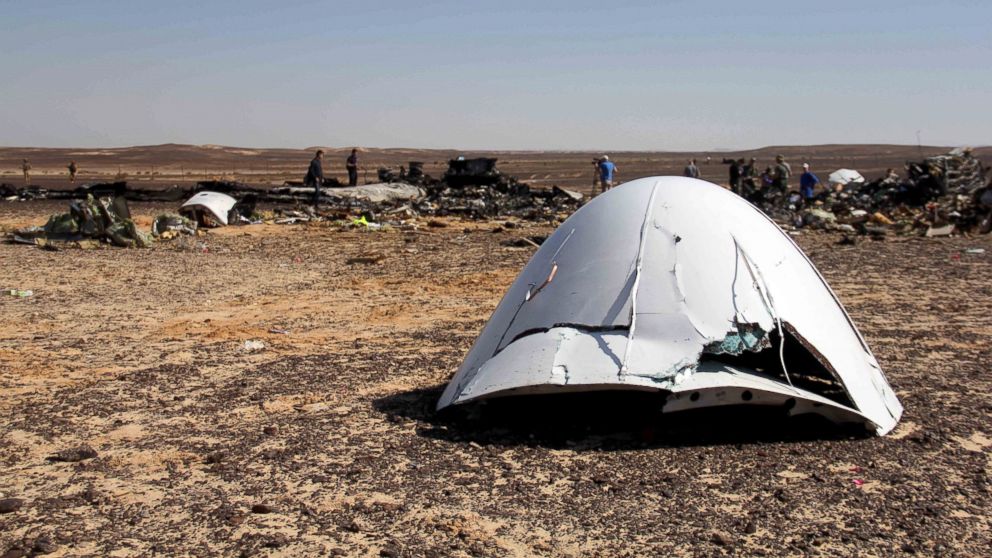- AIB Blames 2012 Police Helicopter Crash on Pilot Error
A new report released by the Accident Investigation Bureau has blamed the 2012 helicopter crash involving a Deputy Inspector-General of Police in charge of operations, Mr. John Haruna, and three others in the Kabong area of Jos, Plateau State, on pilot error.
The report released on Wednesday stated that the medical certificate of the pilot of the Bell 427 Helicopter, with registration number 5NPAL, had expired as of the time of the accident, while the co-pilot was not type-rated on the helicopter.
Although the AIB Commissioner, Mr. Akin Olateru, said the cause of the accident could not be conclusively decided, the investigation discovered a series of discrepancies and non-compliance with the Nigerian Civil Aviation Regulations.
For instance, he said that the simulator had expired as of the time of the accident and that the engineer who released the aircraft prior to the flight had no type training and rating on the aircraft model.
He said the flight originated from Abuja airport to the Jos Prison Service football fields conveying the DIG to Abuja.
The AIB commissioner said the pilot had initial contact with Jos Control Tower at 1.50pm the previous day, adding that the following day, which was March 14, at 09.30am, a police fuel bowser that had arrived in Jos from Abuja the previous day, fuelled the aircraft, which had been parked overnight at the Jos Prison football field.
The report read in part, “At 09.58am, two-way communication was established between the helicopter and air traffic controller and the pilot reported endurance of two hours, five persons on board, maintaining an altitude of 4000ft, and that it was a patrol flight around Jos city.
“The pilot also reported that he would be landing at the Police Headquarters, Jos and would call the control tower when rejoining for another patrol. The helicopter landed at the Nigerian Prisons Service football field, Jos, customarily used as a landing site for the Police Headquarters, Jos at 10. 58am.
“At about 11.50am, the helicopter lifted up with four persons on board including the DIG. The control tower was notified at about 11.55am of the helicopter’s crash at Landir village, Kabong area, near Jos metropolis, and that all four persons on board were fatally injured.”
Olateru said three safety recommendations were made, after investigations, to the Nigeria Police Force, the Nigerian Civil Aviation Authority and the Department of Petroleum Resources.
He said the NPF Air-Wing was advised to provide the proper funding, conducive working environment, develop and implement a robust training programme for its technical/operational personnel, with adequate supervision and approved equipment to enhance safety while the NCAA should ensure that the NPF Air-Wing complied with its approved maintenance organisation requirements.
The DPR, on the other hand, was advised to launch an independent inquiry into the aviation fuel quality in the country and the resulting report should focus on the vulnerability and risk of each step in the distribution process.
“The NCAA has since recertified the NPF Air-Wing in accordance with the Part 6 of the Nigerian Civil Aviation Regulations (Nig. CARs) in 2014 as an approved maintenance organisation and its certificate was subsequently renewed in July 2016 and is presently valid up until May 26, 2018,” he said.
Other reports released by the AIB included a 2008 Nigerian College of Aviation Technology plane crash involving a student pilot, which caused the pilot’s inability to maintain a directional control of the aircraft after touchdown; and the ground collision incident involving two aircraft belonging to Air Peace at the Murtala Muhammed Airport, Lagos in April.
“This is not an accident or a serious incident in accordance with Annex 13 ICAO. But in accordance with the Civil Aviation (Investigation of Air Accidents and Incidents) Regulations 2016 of the bureau, we decided to investigate this incident because of the safety lessons to be learnt,” he said.
Olateru said the agency had 22 pending accident reports to be released and that about 14 would be released within one year of his tenure in office which began January this year.

 Naira4 weeks ago
Naira4 weeks ago
 Naira4 weeks ago
Naira4 weeks ago


 Naira4 weeks ago
Naira4 weeks ago




 Naira3 weeks ago
Naira3 weeks ago
 Commodities4 weeks ago
Commodities4 weeks ago


 News4 weeks ago
News4 weeks ago


 Banking Sector4 weeks ago
Banking Sector4 weeks ago
 Travel4 weeks ago
Travel4 weeks ago
























